
Did you know that nearly 91% of all web pages never get any organic traffic—largely due to lack of effective link building strategies ? If your goal is to improve your website’s search visibility, attract consistent visitors, and raise your brand authority, mastering the art and science of building links is non-negotiable. In today’s fiercely competitive digital space, relying on outdated or scattershot tactics means being left behind. Read on to uncover the proven strategies that are driving real, measurable traffic right now.
Unlocking the Power of Link Building Strategies: Why Smart Tactics Matter More Than Ever
- Did you know that nearly 91% of all web pages never get any organic traffic—largely due to lack of effective link building strategies? Discover why you can’t afford to ignore these essential building blocks if you want to grow your organic reach and site authority.
What You'll Gain: Key Insights on Mastering Link Building Strategies
- How link building strategies directly impact your search rankings
- Proven building strategies and techniques for sustainable link acquisition
- Actionable guest post, broken link, and social media tactics
- Metrics to measure the ROI of every link building strategy you implement
- How to customize your link building technique for different industries
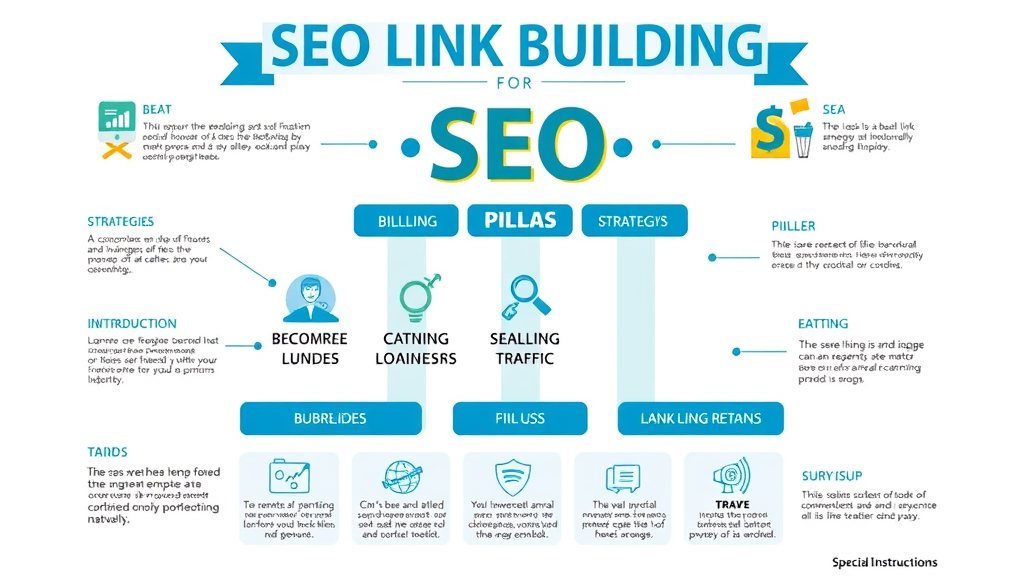
Understanding Link Building Strategies and Their Impact on Real Traffic
What is a Link Building Strategy?
- A link building strategy refers to the targeted process of acquiring relevant, high-quality backlinks that drive traffic and increase the visibility of your site on search engines. It involves using techniques like guest posting, broken link building, and social media outreach to secure placements on high-authority sites.
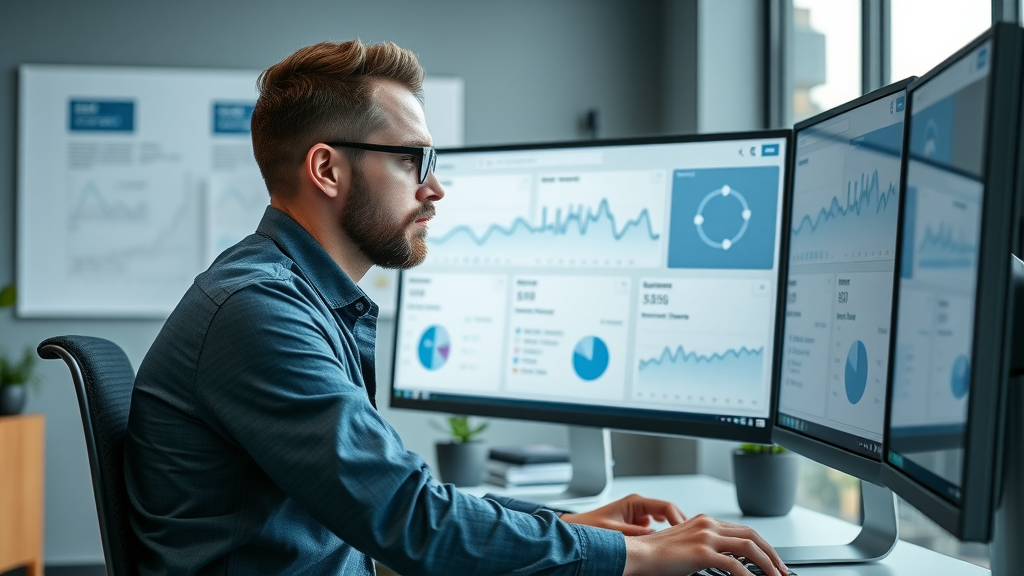
A link building strategy is more than a to-do list—it's a structured approach that brings together multiple building techniques to encourage other credible sites to link to your website. These links, known as backlinks, act as votes of confidence in the eyes of search engines, helping to improve your position in search results. The right building strategy does not simply focus on quantity, but also on the relevance and authority of those links, ensuring your site gets recognized for its expertise and value. By actively pursuing guest post opportunities, looking for broken links on other sites you can replace, and engaging with key influencers on social media, you create a diversified portfolio of backlinks that strengthens your search presence over time.
Why Effective Link Building Strategies Matter for SEO Success
- Improved domain authority and trust
- Higher organic rankings for critical keywords
- Increased referral and direct traffic
- Sustainable brand awareness and reach
“A successful link building strategy isn’t just about quantity; it’s about securing the right links that drive real value to your website.”
Implementing effective link building strategies is pivotal for securing top spots in search engine results. The benefits go beyond traffic. Gaining links from high-authority websites signals to search engines that your content is trustworthy and deserving of better rankings. Furthermore, links from reputable sources often result in more direct clicks, expanding your audience in ways that dependably augment brand awareness and yield longer-term growth. When aligned with your content marketing and SEO goals, a consistent approach to building links helps establish your expertise in your niche, positioning your website as a go-to resource within your field.
| Strategy | Effectiveness | Scalability | Recommended Use Cases |
|---|---|---|---|
| Guest Posting | High | Medium | Brand Awareness, Authority, Thought Leadership |
| Broken Link Building | Medium-High | Medium | Filling Relevance Gaps, Competitor Opportunities |
| Social Media Outreach | Medium | High | Promotional Campaigns, Viral Content, Community Building |
| Niche Edits | Medium | Medium | Contextual Link Placements, Highly Targeted Traffic |
| Digital PR | Very High | Low-Medium | Major Announcements, High-Authority Coverage, Trend Jumps |
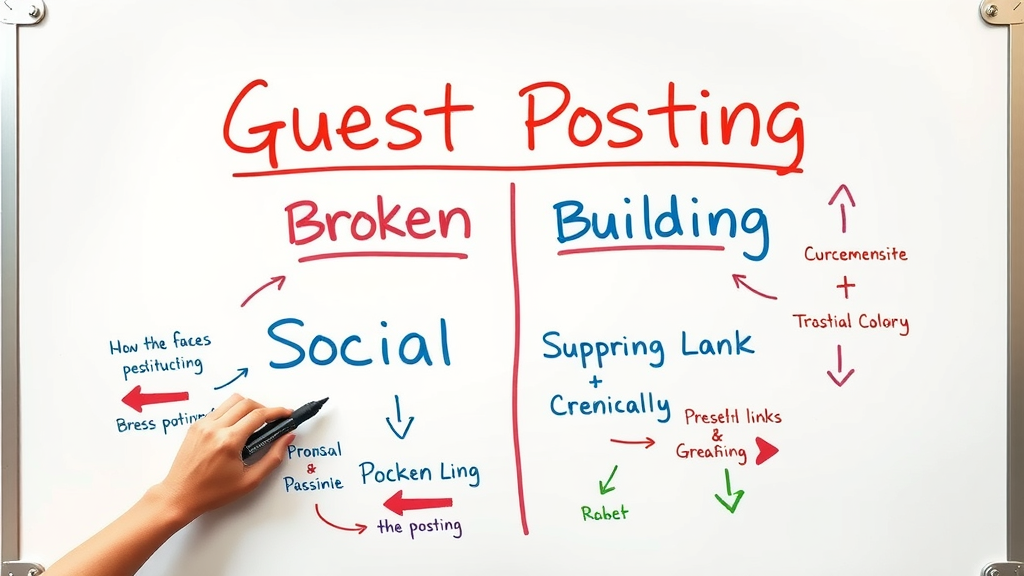
Proven Link Building Strategies to Drive Real Traffic
Mastering Guest Post and Guest Posting as a Top Link Building Technique
- How to identify sites for quality guest posts
- Pitching with value-driven guest post proposals
- Creating share-worthy content for guest posting
- Building lasting relationships post-publication

Guest posting remains one of the most reliable and effective link building strategies. To maximize its impact, start by identifying sites that share your target audience and maintain high relevance to your niche. Look for blogs and online publications that regularly publish high-value content and already link to related resources—these are perfect for submitting your guest posts. The key is to create a pitch that offers genuine value, aligning your proposed topic with the host’s audience needs and content themes. When your guest post delivers actionable insights, novel data, or a unique angle, you dramatically increase your odds of being accepted and receiving a high-quality backlink.
After your guest post is published, don’t let the opportunity end there. Use the relationship to suggest further collaboration, such as regular content contributions or cross-promotions. Always promote your published pieces on your own social media, which encourages more traffic and positions you as a credible author in your space. Building long-lasting partnerships with site owners multiplies your reach, making it easier to build links that keep delivering value over time.
Broken Link Building: Unlock High-Value Opportunities
- Finding broken link targets using advanced tools
- Crafting outreach emails that get responses
- Turning competitor broken links into your advantage
- Real-world examples of broken link building success
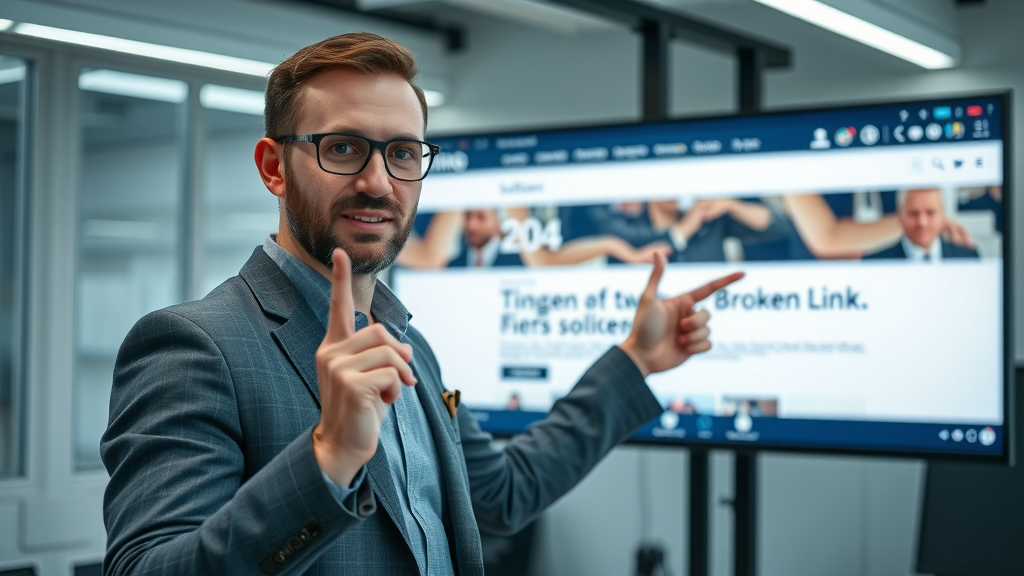
Broken link building is a highly effective technique that transforms lost link opportunities on other websites into gains for your own. Start by using advanced tools like Ahrefs, SEMrush, or Screaming Frog to identify 404 errors and broken links within your niche. Once you’ve found suitable targets, craft outreach emails that clearly communicate the issue and offer your relevant, high-quality blog post as the perfect replacement. Site owners appreciate this win-win proposition: you help them fix an outdated or useless link, and in exchange, you earn a valuable backlink to your website.
This building strategy can be especially advantageous when you discover broken links on competitor sites . If a highly authoritative blog is linking out to now-defunct resources that are topically similar to your own content, you have a golden opportunity. By positioning your page as the ideal substitute and reaching out with context-specific suggestions, you build backlinks directly from the networks that matter most to your industry and audience.
Advanced Social Media Link Building Strategies
- Leveraging social media for organic backlinks
- Influencer outreach and relationship building
- Promoting shareable assets for viral link potential
Modern social media platforms are fertile ground for acquiring natural backlinks and building direct relationships with influencers and creators. Consistently promote your share-worthy blog posts, infographics, and data-driven content on platforms like Twitter, LinkedIn, and Facebook. When done properly, each share nudges your content into wider audiences, increasing the chances of relevant blogs and websites linking back to you. Building partnerships through influencer outreach can lead to guest appearances, expert roundups, and collaborations—with every mention or quoted insight providing a backlink and a boost in brand visibility.
Don’t underestimate the viral power of social media. Sharable assets such as compelling infographics, unique studies, or original videos have explosive link potential when picked up by niche communities. Strategically placing social share buttons on your pages also streamlines the process for users to help amplify your reach organically, strengthening your building strategy and bringing more referral traffic to your site.
Niche and Contextual Link Building Techniques
- Utilizing resource pages for targeted backlink acquisition
- Earning editorial links through thought leadership
- Harnessing digital PR for high-authority placements

Not all link building techniques are created equal for every industry. Niche and contextual building strategies such as locating relevant resource pages, earning links through thought leadership, or running focused digital PR campaigns can deliver highly targeted, authoritative results. Start by seeking out resource pages in your field—these are compilation pages that curate the best content, tools, or blogs in a given niche. By suggesting your best-researched content or unique assets for inclusion, you can build backlinks in a way that supports both your users and the site hosting your link.
Editorial links—earned through publishing unique research, expert opinions, or comprehensive industry guides—often offer the most SEO value because they’re included by choice rather than request. Pair that with digital PR, which involves promoting major announcements, unique data sets, or stories to well-known industry outlets, and you open the door to backlinks from the highest-authority sources in your niche. This advanced building strategy not only spikes your direct traffic but also wins the trust of search engines and future collaborators.
Designing a Customized Link Building Strategy for Your Industry
Assessing Competitors’ Link Building Strategies for Actionable Insights
- Using competitive analysis for smarter link prospecting
- Reverse-engineering building strategies from top niche players
- Identifying gaps for unique building technique approaches

Effective link building strategies aren’t designed in a vacuum—they’re rooted in thorough research. By analyzing the backlink profiles and successful building strategies of your top competitors, you gain invaluable insights into where and how to prospect for links. Use SEO tools to uncover not only which sites link to your rivals but also the types of content attracting those links. Are they earning links predominantly through high-quality guest posts, data-driven studies, or resource page inclusions? Once you've identified these patterns, reverse-engineer the process to inform your own campaigns.
Uncover the gaps where your competitors are missing out—perhaps an influential blog post in your field is no longer being updated, or a valuable resource page hasn’t been refreshed in years. These gaps are ripe for unique approaches, such as pitching updated guest content, offering a more current blog post, or launching a digital PR campaign targeted at neglected but high-potential sites. Smart competitive analysis lays the groundwork for an agile and results-driven building strategy unique to your business.
Aligning Building Techniques With Your Business Goals
- Matching link building strategy with content marketing
- Prioritizing link opportunities that serve revenue targets
- Case studies: How aligning building strategies drove real growth

No two businesses have identical growth objectives, which is why alignment between your link building techniques and your core goals is crucial. Start by mapping links to your key revenue-generating landing pages and products or services. Then, adjust your outreach and guest post submissions to sites that can realistically direct targeted traffic (and future customers) to those pages. For example, if you operate in B2B software, aim for inclusion in roundups or expert articles on prominent industry publications, ensuring each link supports your broader business goals.
Real-world case studies consistently show that when building techniques are aligned with content marketing and conversion priorities, organic growth and bottom-line metrics improve in tandem. Consider an e-commerce brand that focuses on affiliate and review sites: their link building strategy targets platforms known to generate high-conversion referral traffic, not just any site willing to link. By treating backlinks as strategic assets, not just SEO checkboxes, companies realize stronger, more sustainable ROI from every link acquired.
Essential Metrics to Track the Success of Your Link Building Techniques
Best Tools to Track Building Strategies Performance
- Top link analysis tools for monitoring backlinks
- How to interpret authority, relevance, and trust flow
Tracking your link building strategy is as important as executing it. Powerful tools like Ahrefs, Moz, SEMrush, and Majestic provide in-depth views of your backlink profile, reporting on new and lost links, anchor text diversity, domain authority, and trust flow. Reviewing these metrics allows you to measure not just how many backlinks you’ve built, but how relevant and authoritative they actually are. High-authority backlinks on contextually relevant sites offer more SEO value than numerous low-quality links scattered across unrelated domains. Monitoring these factors means you can adjust your building strategies to maximize long-term gains and quickly spot any sudden drops or unsustainable spikes in your backlink profile.
Measuring Traffic and Ranking Gains from Link Building Efforts
- Tracking organic traffic growth linked to specific campaigns
- Evaluating ranking improvements for target keywords
- Calculating the ROI of each building strategy
"Effective measurement of your link building strategy is the cornerstone of sustainable SEO growth."
After your campaigns are live, tie your metrics back to traffic growth, improved rankings for target keywords, and actual conversions generated via those newly secured links. Google Analytics, combined with tools like Search Console, can trace referral traffic and demonstrate which link building efforts are truly moving the needle. Calculate your return on investment not just by volume of links, but by how much valuable traffic and conversions individual links are generating. Regular reporting will help you refine future campaigns—doubling down on high performing strategies and eliminating tactics that fail to yield tangible results.
| Metric | Description | Goal/Benchmark |
|---|---|---|
| Number of New Links | Total new backlinks acquired this month | Increase month-over-month |
| Referral Traffic Increase | Growth in traffic coming from new backlinks | 10% monthly growth |
| SERP Position Changes | Keyword ranking improvements, tracked in Google | Top 3 search positions for priority terms |
| Conversion Rate from Linked Pages | Percentage of visitors from backlinks that convert | 1% or greater |
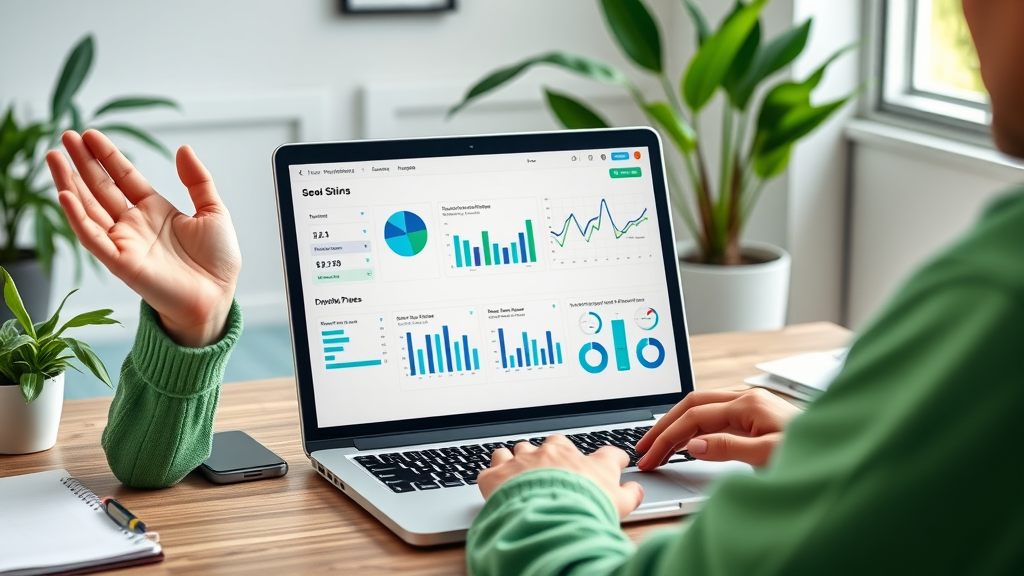
Common Mistakes to Avoid in Link Building Strategies
- Prioritizing quantity over quality
- Relying solely on one link building technique
- Ignoring anchor text diversity
- Overlooking relationship-building opportunities
- Failing to monitor link health and removal risks
Not all building strategies are created equally—and common pitfalls can derail even your most well-planned efforts. Avoid the temptation to chase the sheer volume of backlinks at the expense of those from relevant, high-quality sources. Over-relying on only one technique, such as constant guest posts or exclusively broken link building, limits your potential reach and can trigger search engine red flags. Variety is key for sustained growth and risk prevention.
Be attentive to your anchor text. Over-optimization or repeating the same phrases makes your backlink profile look unnatural and can reduce your chances of ranking, or worse, result in penalties. Failing to invest in relationship building—both with site owners and within digital communities—means missing opportunities for recurring collaboration and higher-value placements. Always monitor your existing links, as links can be removed or lost unexpectedly; ongoing vigilance ensures you keep your profile healthy and robust.
The People Also Ask Corner: Your Link Building Strategies Questions Answered
What is a link building strategy?
- A link building strategy is a planned approach to acquiring backlinks from external websites to improve your domain authority, search ranking, and referral traffic. It includes identifying relevant opportunities, creating value-added content, and executing outreach efforts systematically.
Which technique is most effective for link building?
- Guest posting, broken link building, and digital PR are among the most reliable techniques; the best results come from a strategic mix tailored to your niche and content strengths.
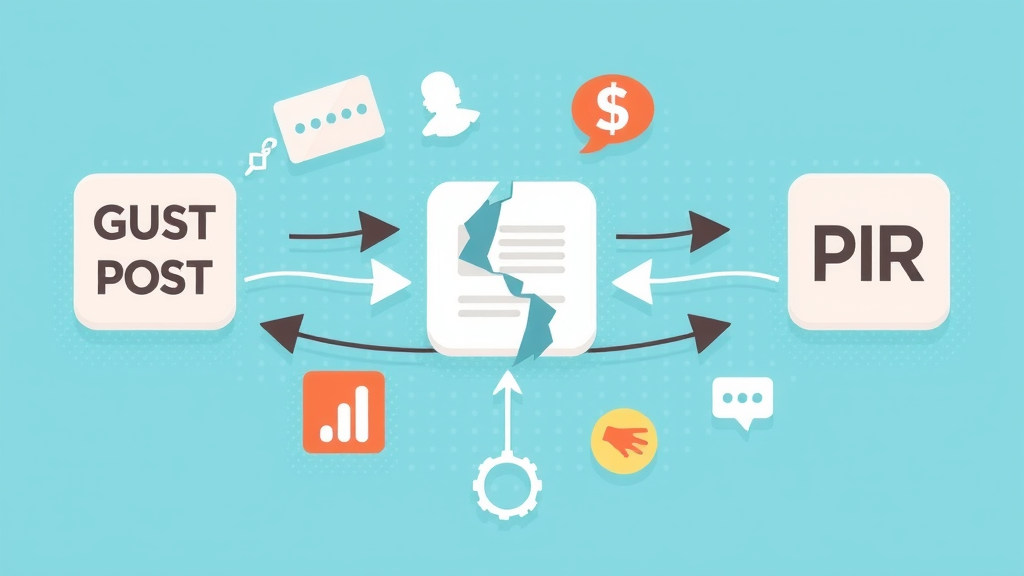
What is a linking strategy?
- A linking strategy encompasses both internal and external efforts to create a strong, interconnected web of content, ensuring maximum SEO and user experience value from every link placed.
How to build 100 backlinks in 30 days or less?
- Use a multi-channel building strategy: combine guest posting sprints, broken link building outreach, digital PR campaigns, and resource page submissions. Utilize scalable outreach tools and create high-value content for maximum link appeal.
Expert FAQs on Link Building Strategies and Industry Trends
- How do search engine algorithms evaluate backlinks today?
- Are nofollow links still valuable for building strategies?
- What role does content quality play in successful link building techniques?
- How can I avoid Google penalties while executing a link building strategy?
- What are the anticipated trends in link building for 2024 and beyond?
Schedule a Free Strategy Session to Accelerate Your Link Building Strategy Results
- Ready to see measurable growth? Schedule a Free Strategy Session Today! Click here
Take decisive action: review your link building strategy, diversify your tactics, and track what drives real results—your future traffic growth starts with smarter strategies and expert support.
To enhance your understanding of effective link building strategies, consider exploring the following resources:
-
“7 Easy Link Building Strategies That Your Business Needs To Use Today” ( strategybeam.com )
-
“10 Link Building Strategies That Work in 2024” ( profitablemedia.com )
These articles provide actionable insights into various link building techniques, including guest posting, social media outreach, and leveraging broken links, all aimed at driving real traffic to your website.
 Add Row
Add Row  Add
Add 




Write A Comment